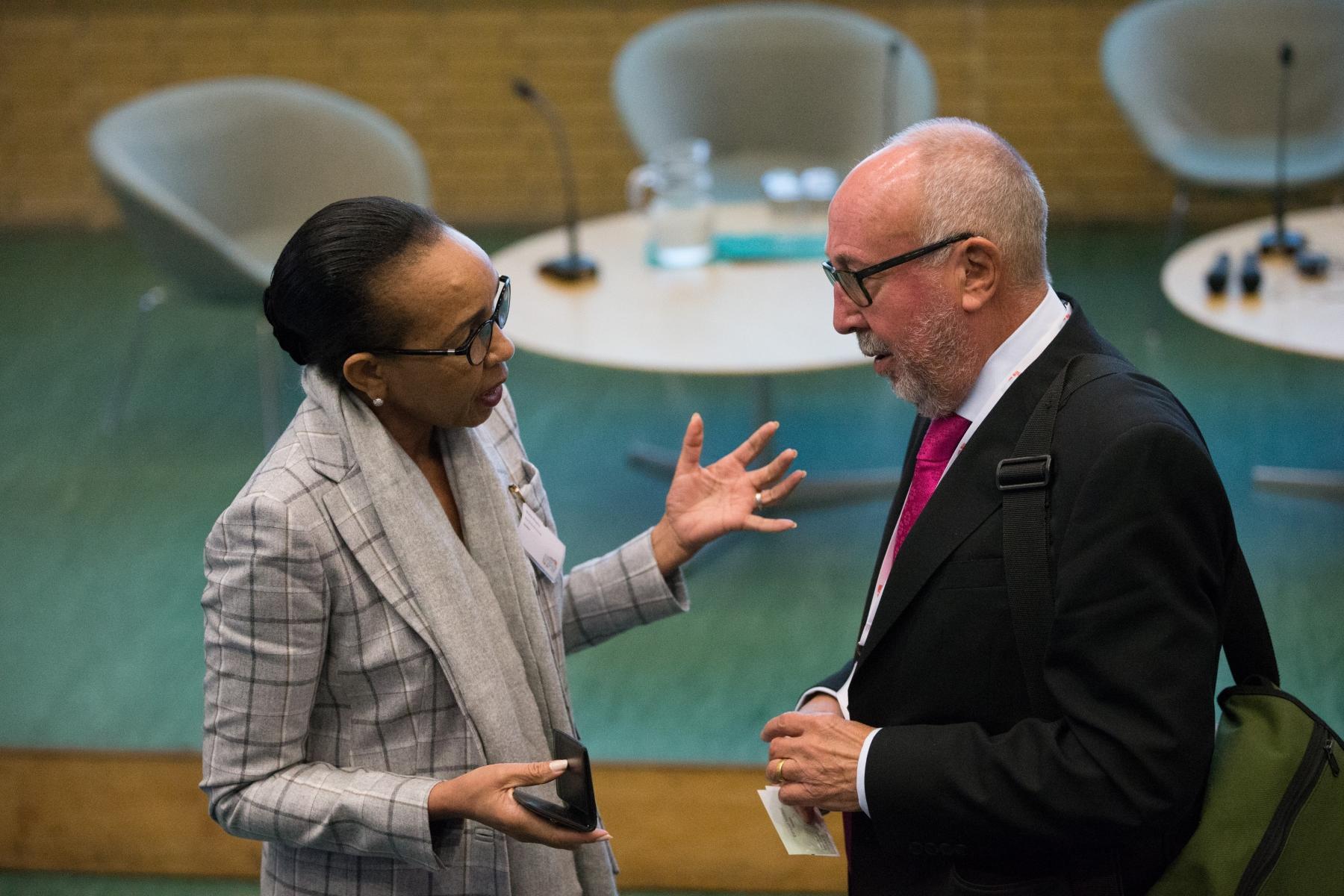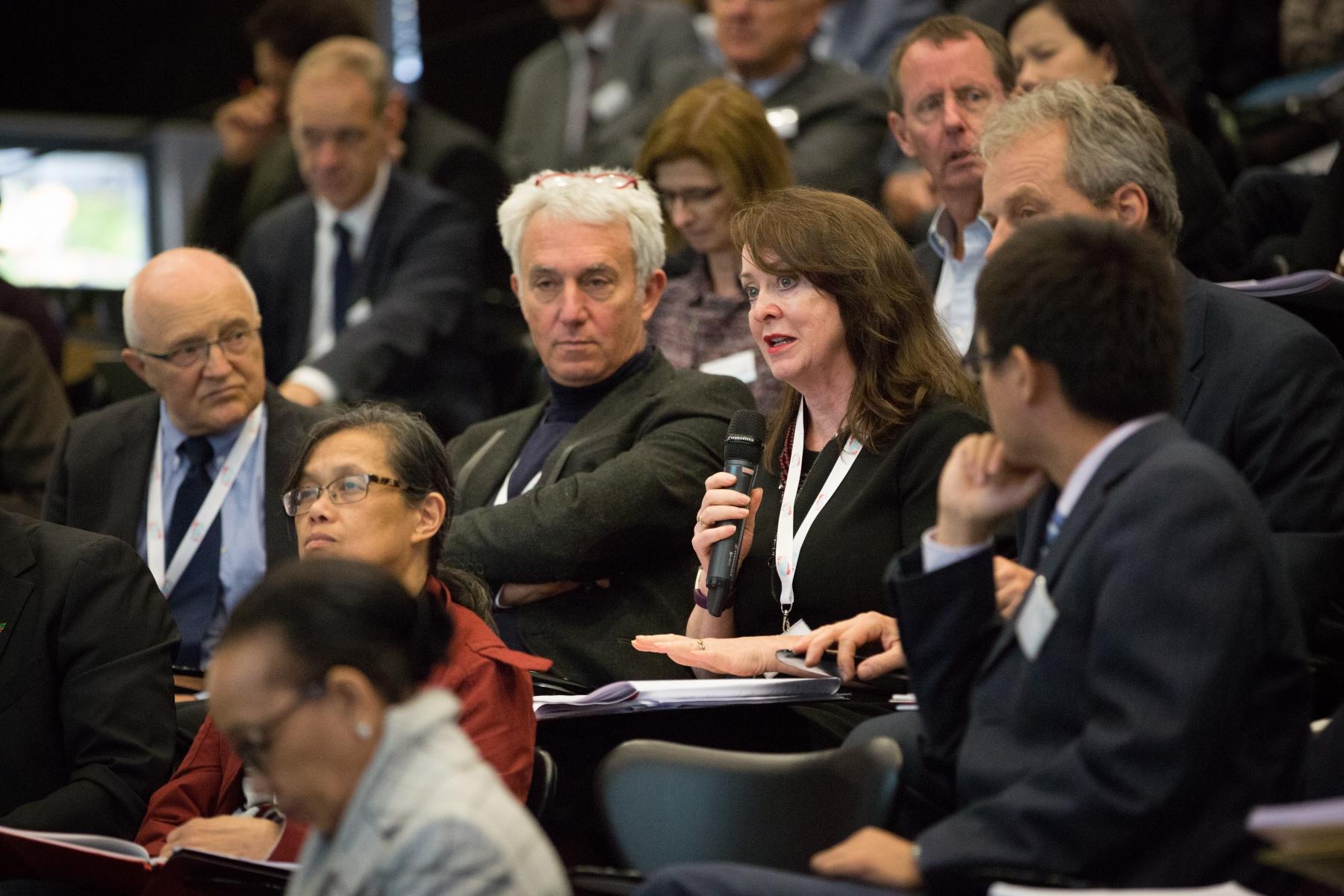Topic 1: What materials for a low-carbon future?
What is the ‘low carbon transition’, and what are its implications? Taking a foresight approach, the panelists will identify the sectors most affected by the low-carbon transition (for instance, energy infrastructure, construction, transportation, and digital technologies) and map out trends, scenarios and issues relating to material use as those sectors evolve. Resources to consider may include structural materials, key to low-carbon infrastructure in an urbanizing world (cement, sand, concrete, copper, aluminium, steel), as well as critical or strategic metals whose supply is at stake in a low-carbon economy (lithium, rare earth metals). What is the real potential for physical scarcity of such resources in the face of such demand?
- Breakout 1A: Basic Materials in Tomorrow's Climate Friendly Cities
- Breakout 1B: Powering the future: energy storage minerals
- Breakout 1C: Critical metals in high technologies: managing complexity
- Breakout 1D: Copper and aluminium in the low carbon world
- Breakout 1E: Low-carbon technologies: resource scarcities, surpluses and uncertainties
- Breakout 1F: Fertilisers, yields and resource depletion: phosphates and the need for productive agriculture in Europe
Topic 2: Primary Resource Availability in a low -carbon transition
In the shift towards resource availability, physical factors like geological availability may not be the prime constraint to meeting demand for extracted materials. Rather, the limits may be environmental, social, political, or economic. Limits also arise from interdependencies with water, land or energy, for which there are competing social needs. These tensions are particularly prevalent in the extraction of metals and minerals – often in developing countries where social needs are acute and governance is less clear. What are the key limiting factors and what technical and organizational innovation can mitigate their impact? What is the impact of a low-carbon transition on the extractive industries? What will these industries look like in a low-carbon future, and what are the second-order implications down the road? How can governance mechanisms in extractive industries evolve to make the industry sustainable?
- Breakout 2A: the paradox of extraction and energy consumption in a low carbon transition
- Breakout 2B: The water-land-resource nexus
- Breakout 2C: Financing sustainable resource availability
Topic 3: Disruptions in resource availability: the case for the circular economy
The circular economy has the potential to disrupt and radically change the resource use and availability landscape. The circular economy can contribute to decarbonizing the economy and a fully circular economy could even be a new source of resources and materials. How can we encourage a true paradigm shift?
- Breakout 3A: Scaling up recycling of complex products
- Breakout 3B: The reach of closed loop recycling and remanufacturing
- Breakout 3C: Eco-design in the built environment
- Breakout 3d: E-waste: policies to foster the circular economy
- Breakout 3E: Plastics in a zero carbon world
- Breakout 3F: Technological and scientific innovation in circularity





